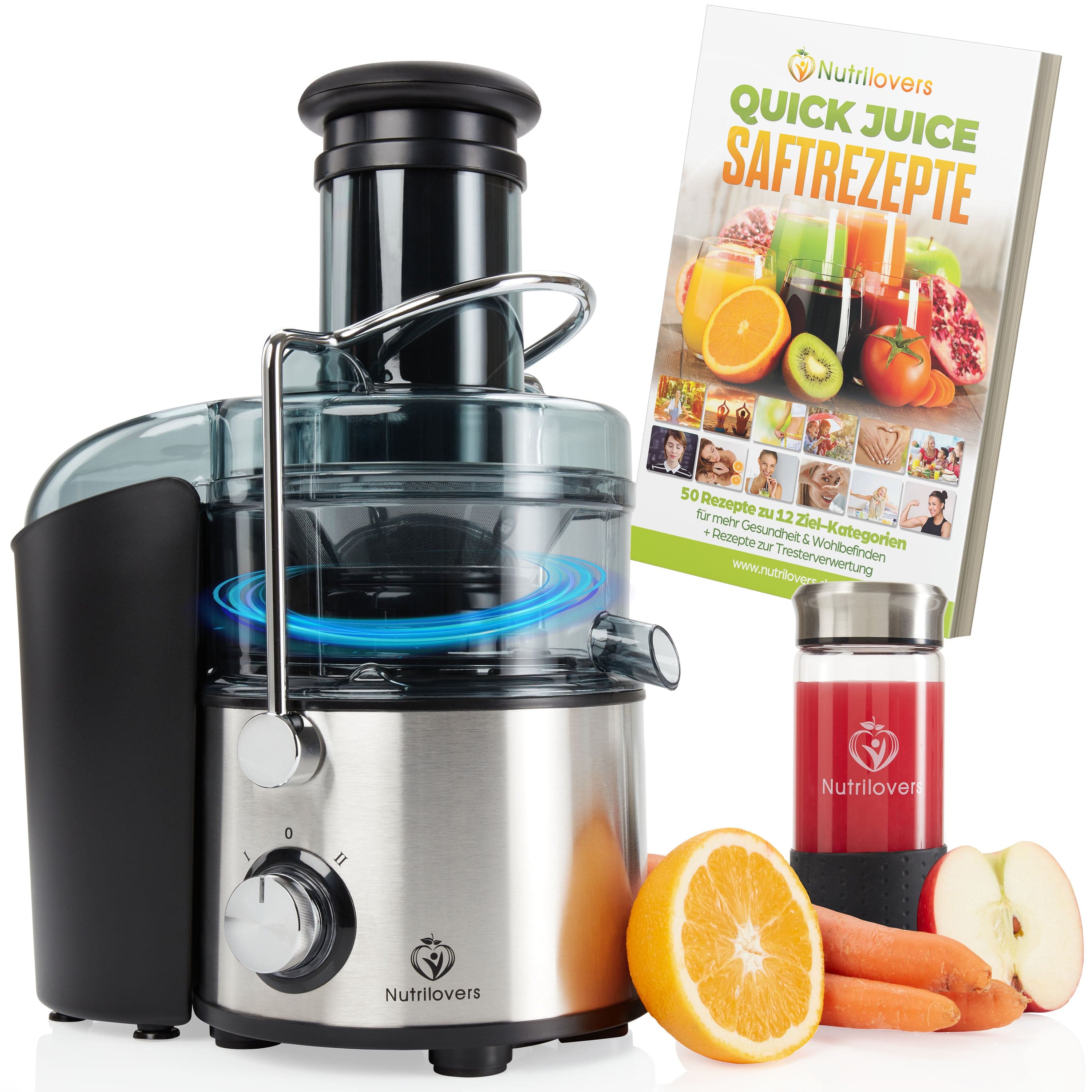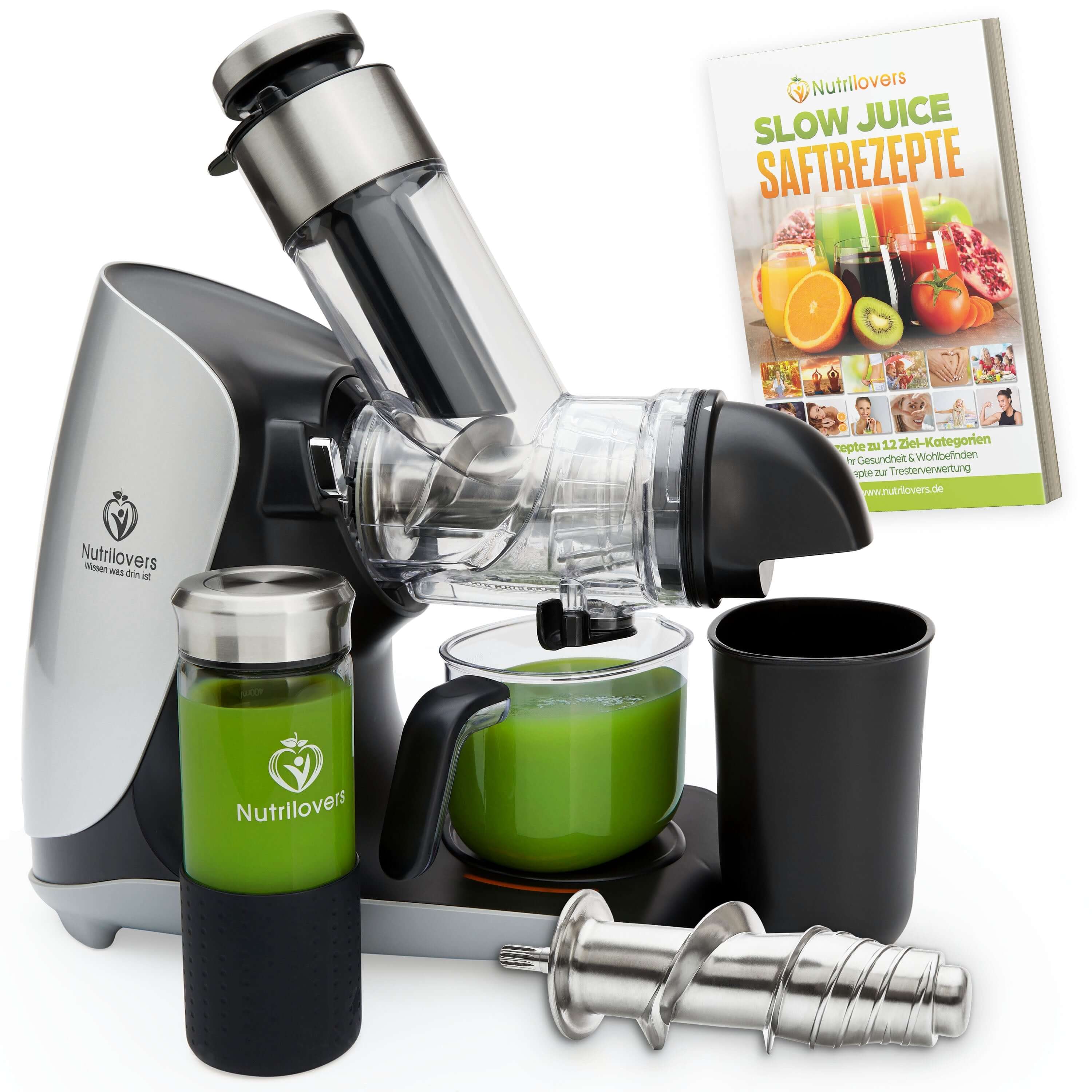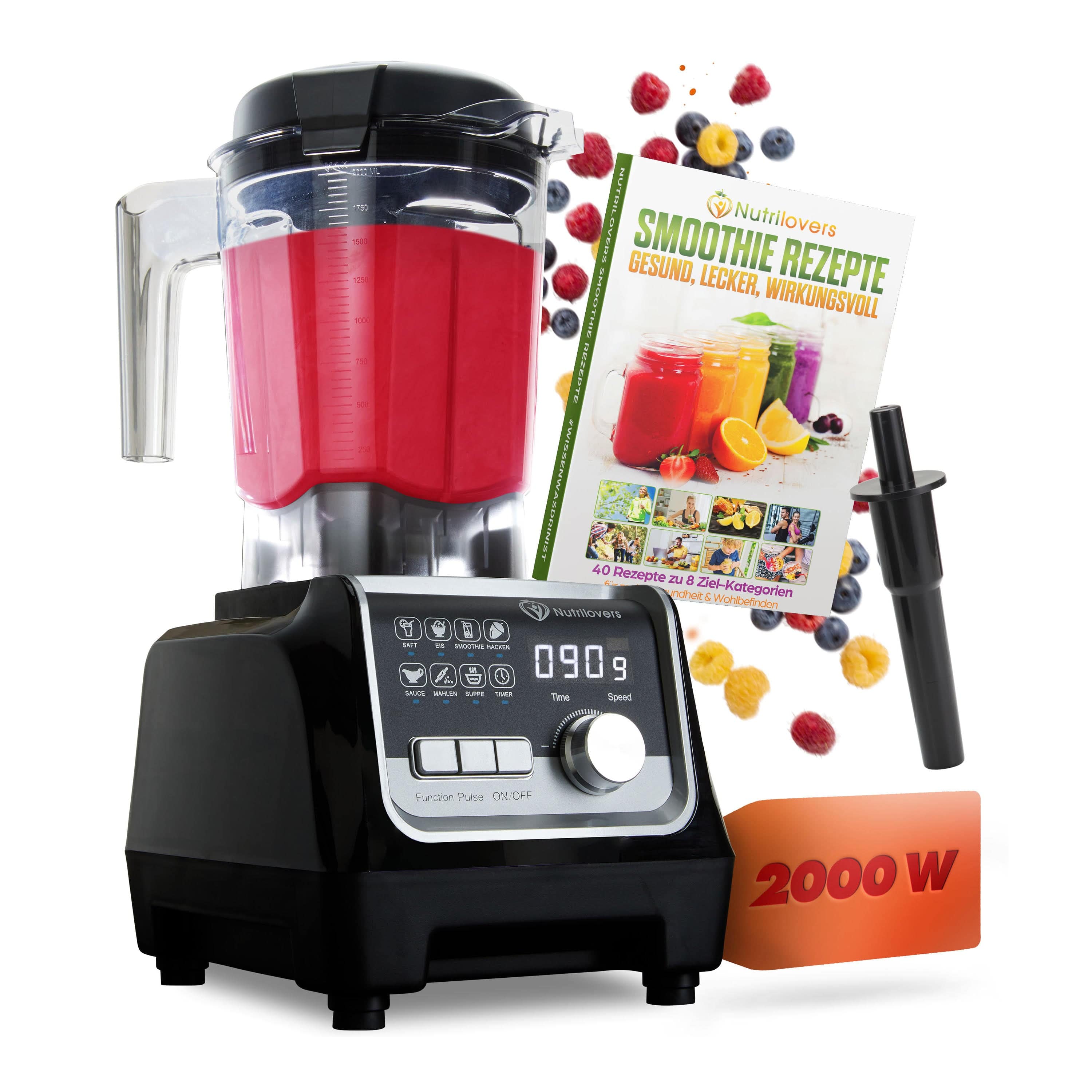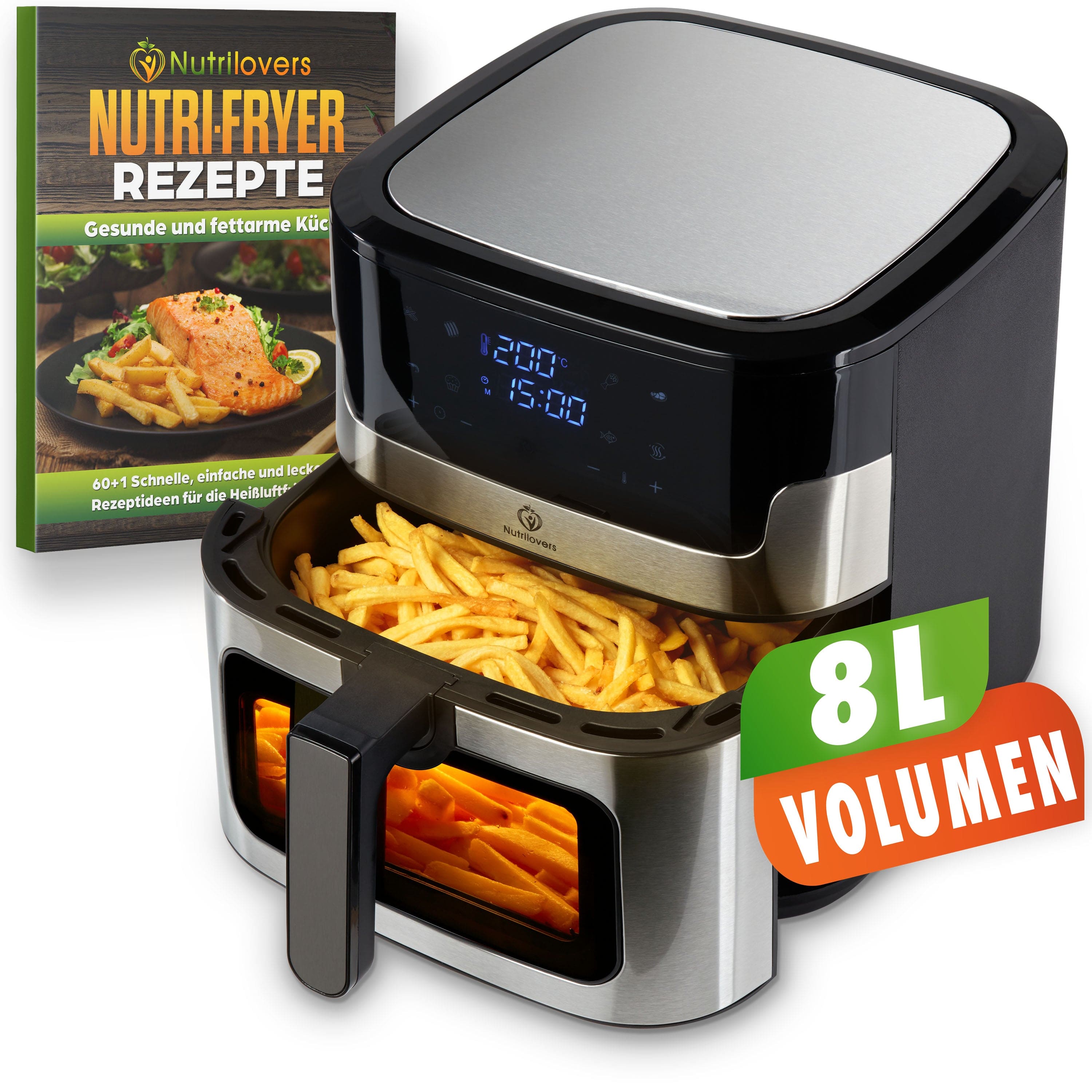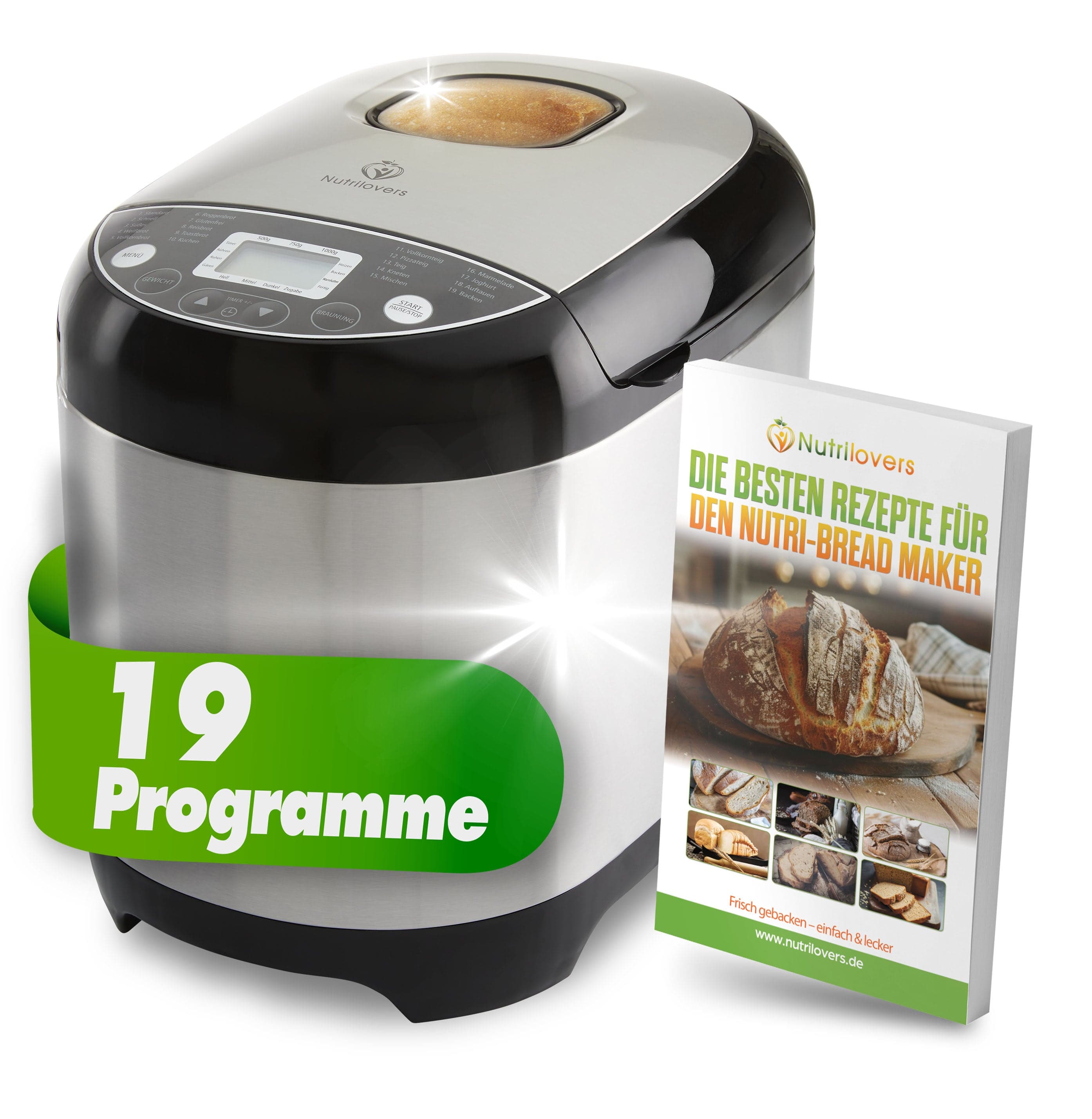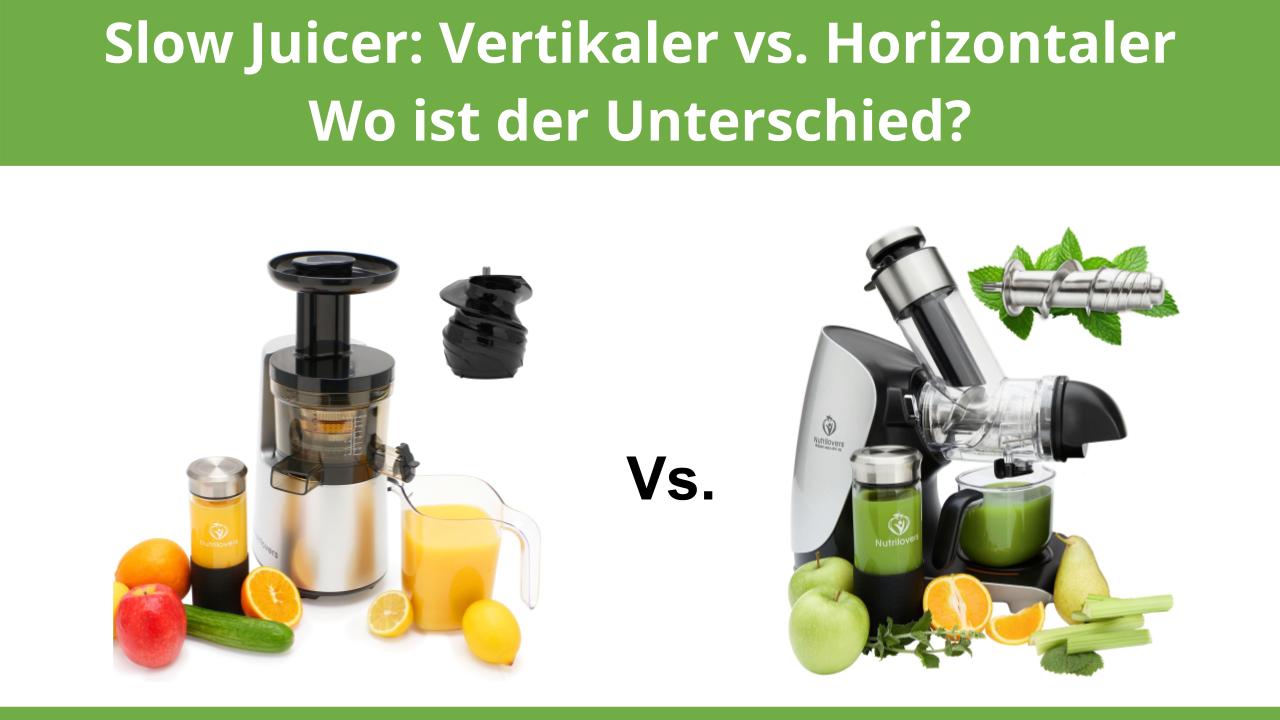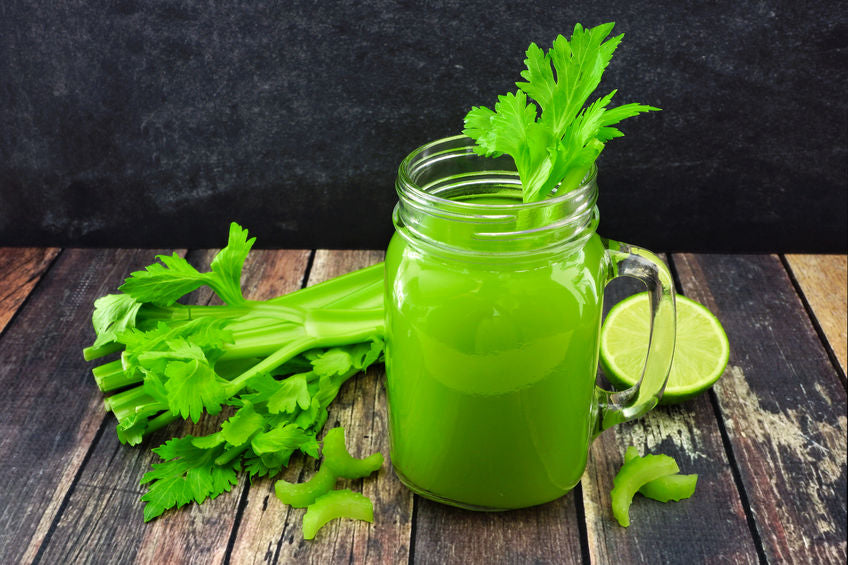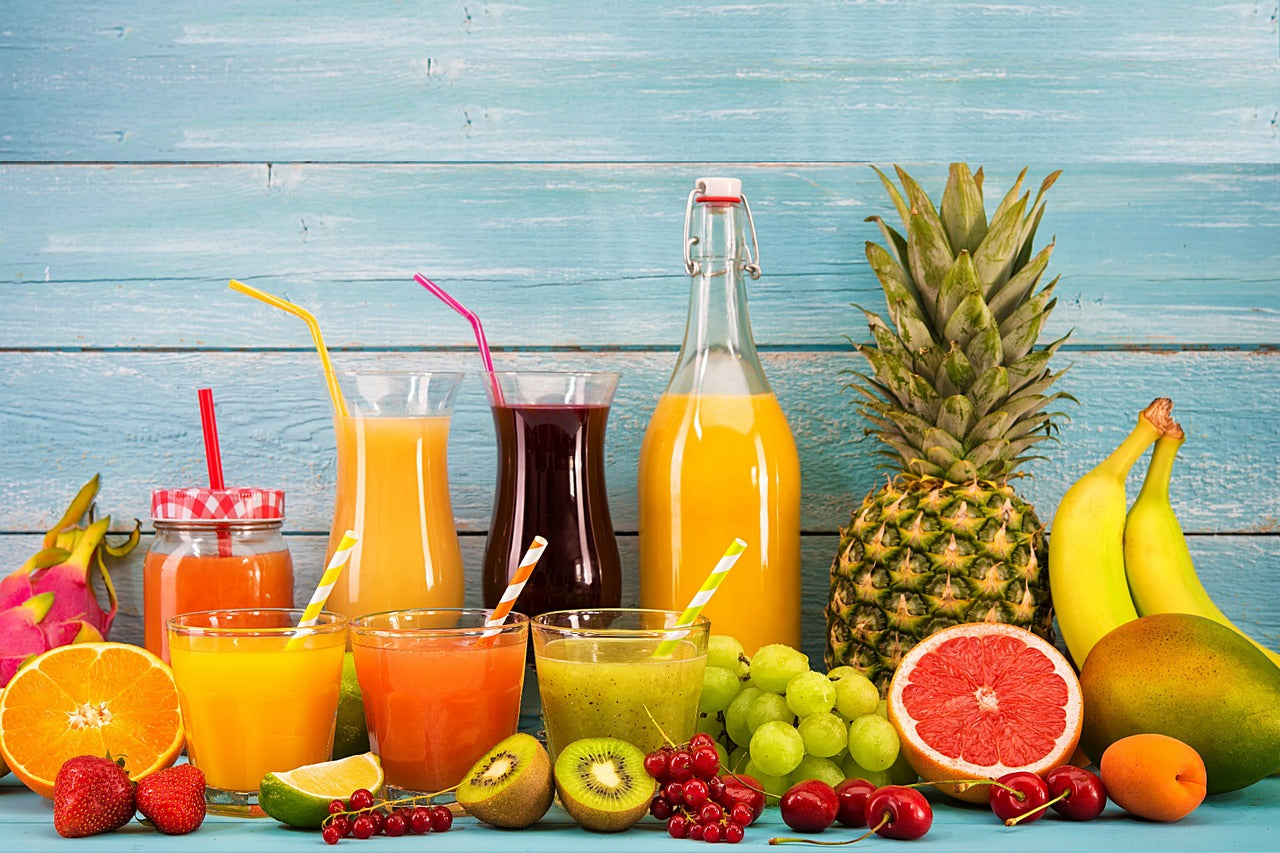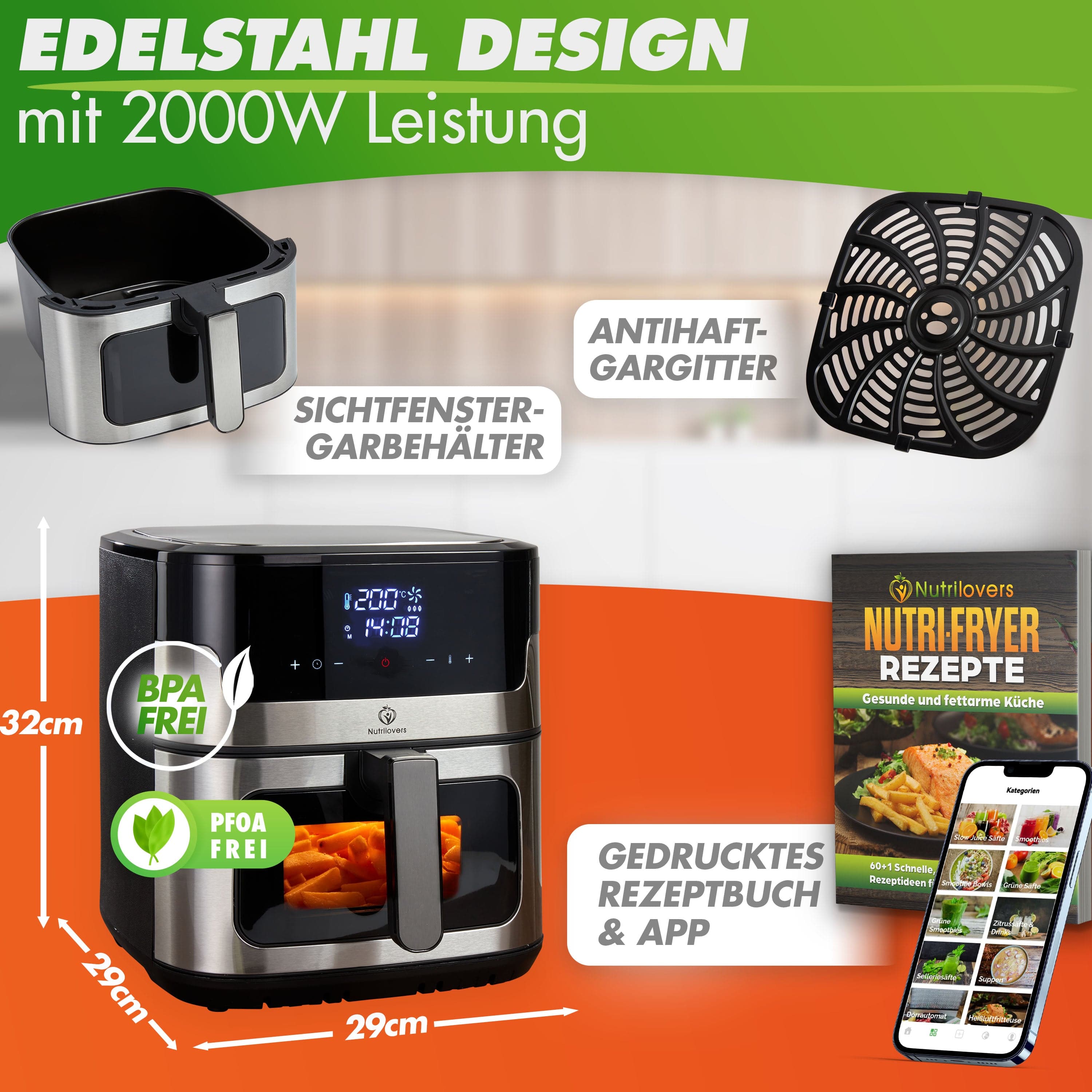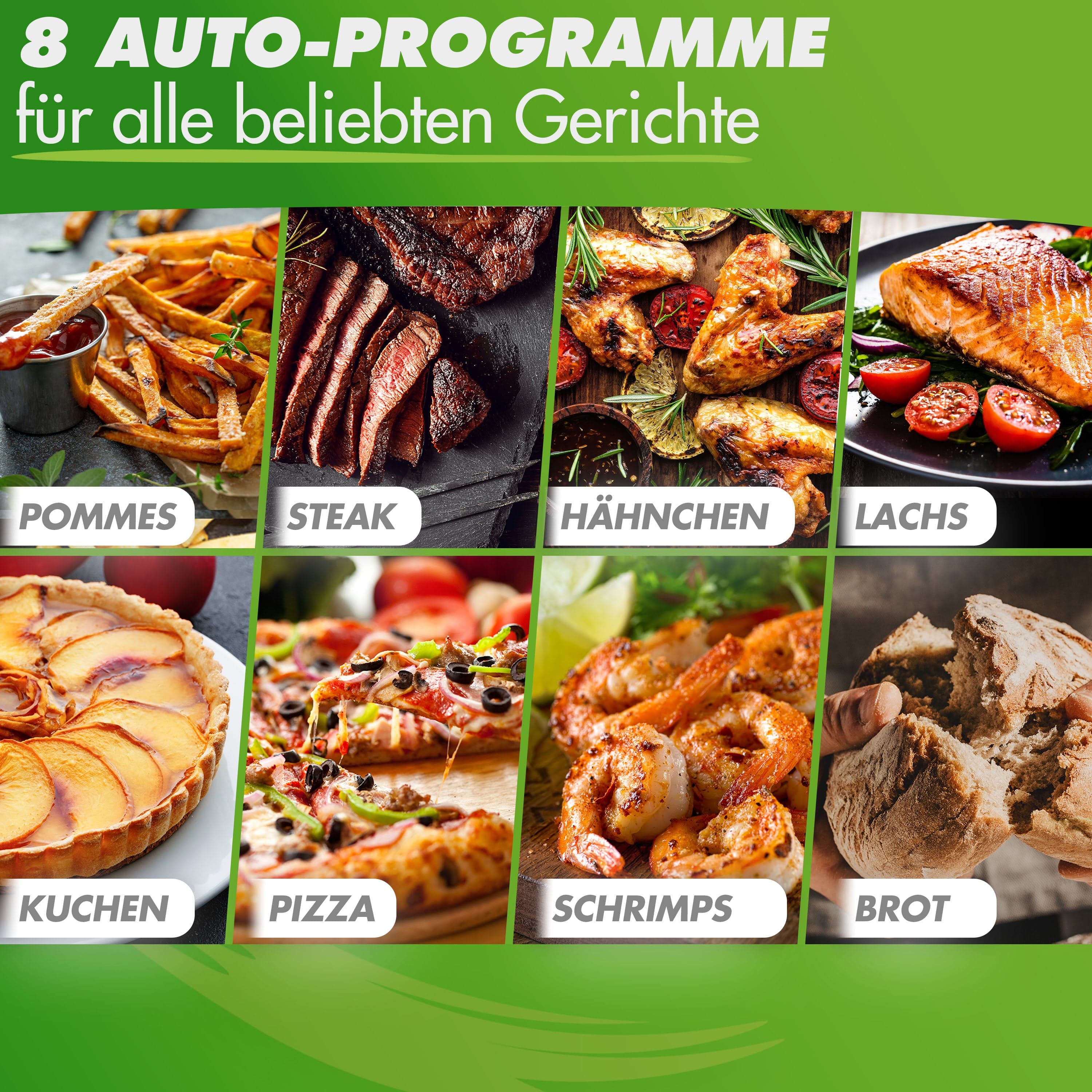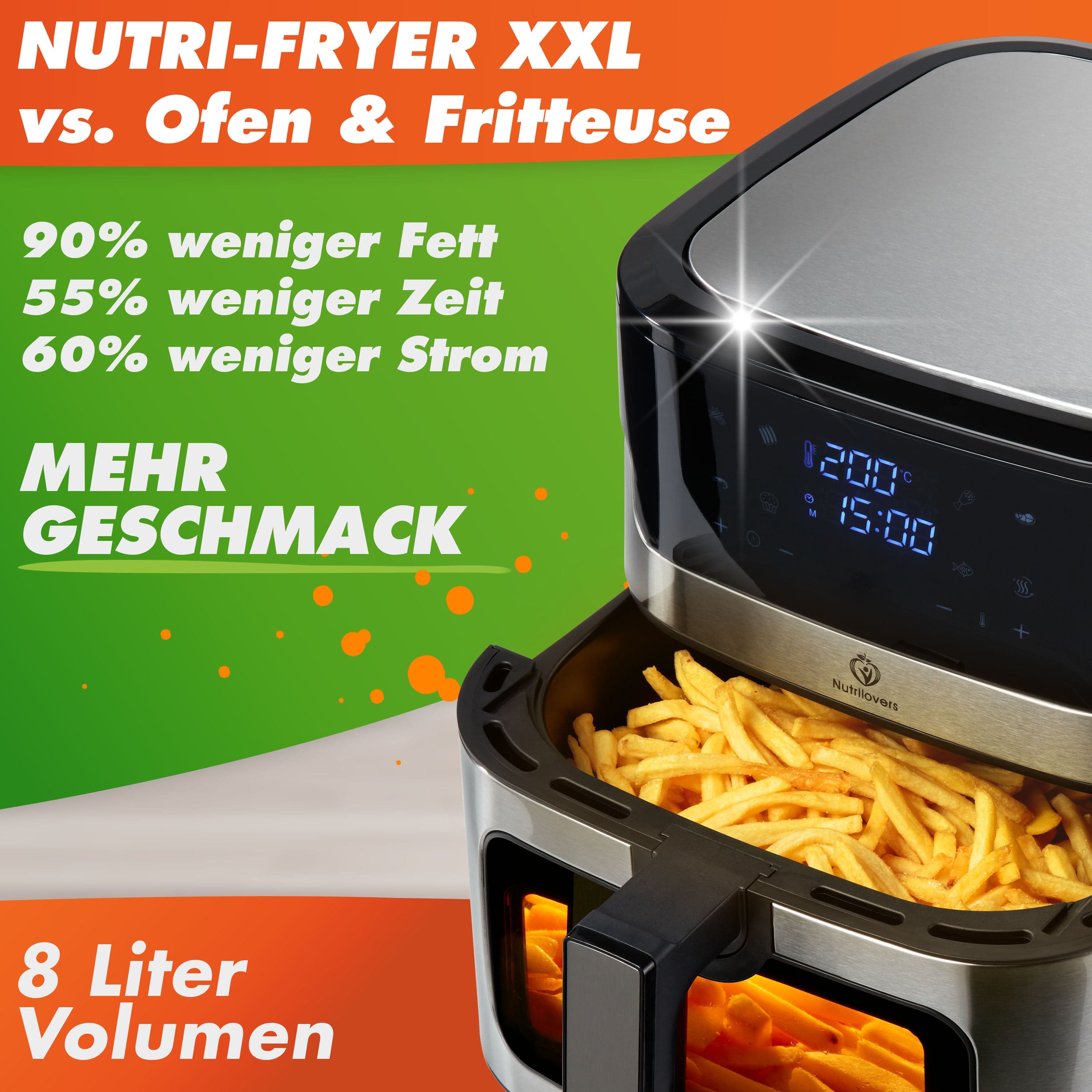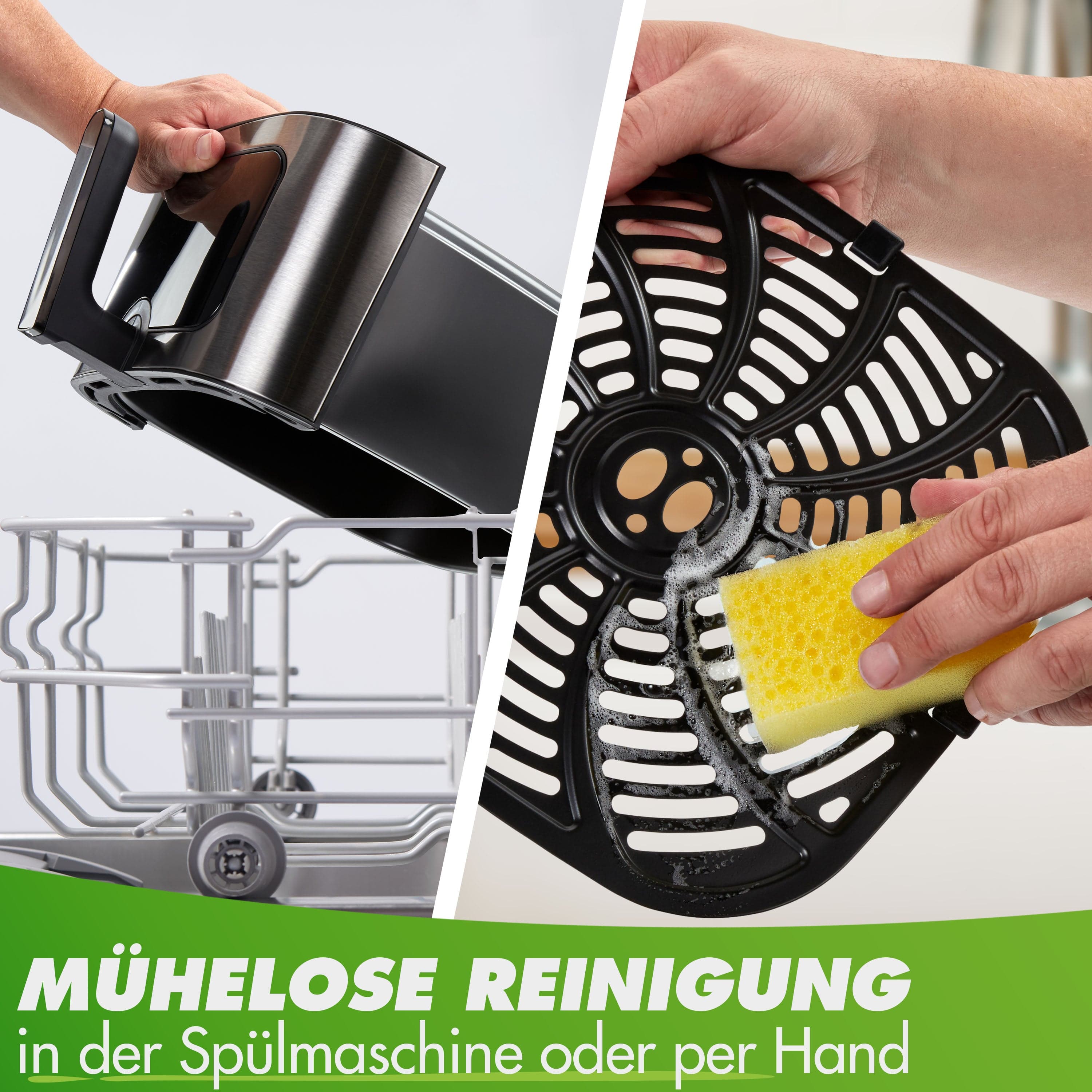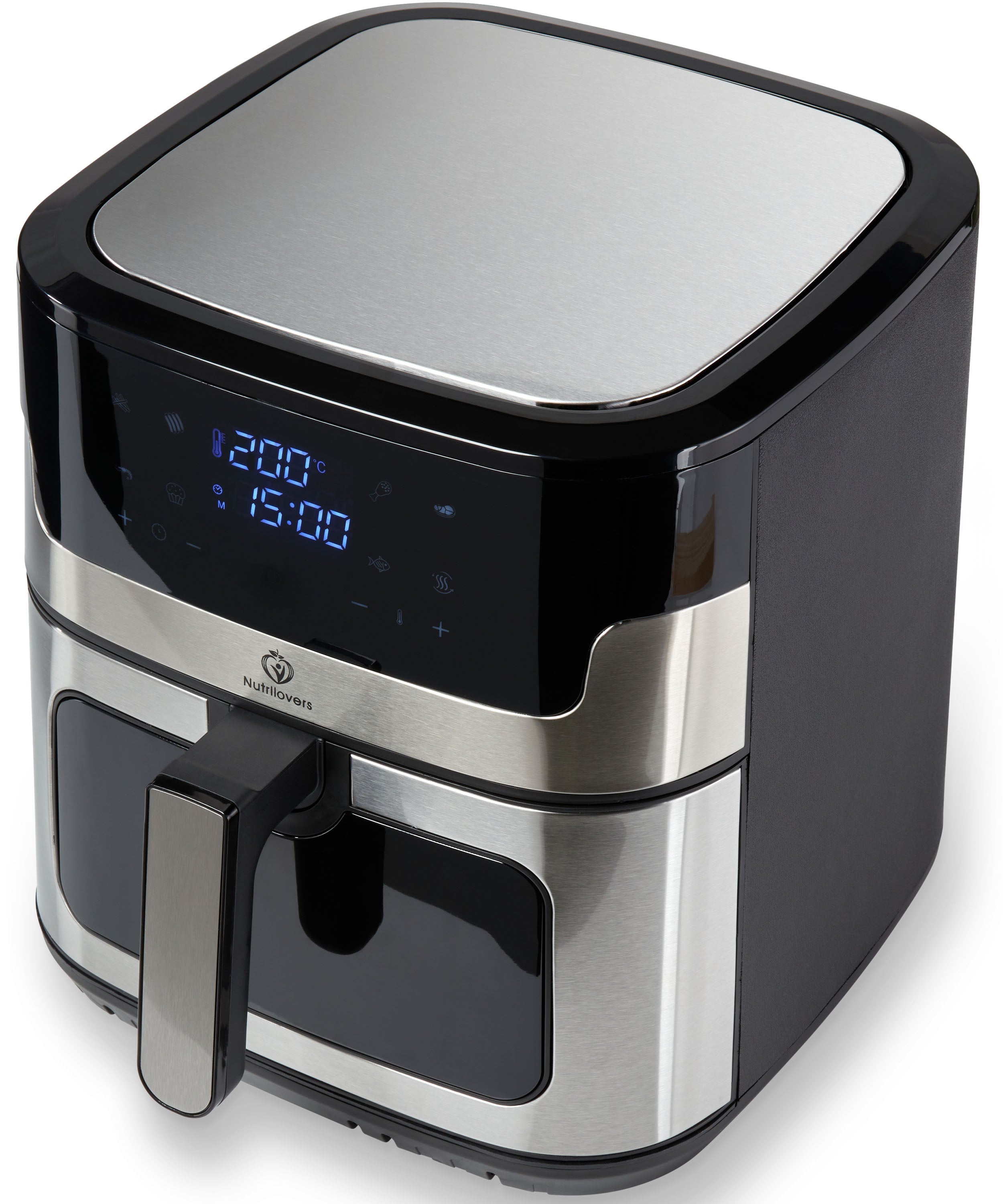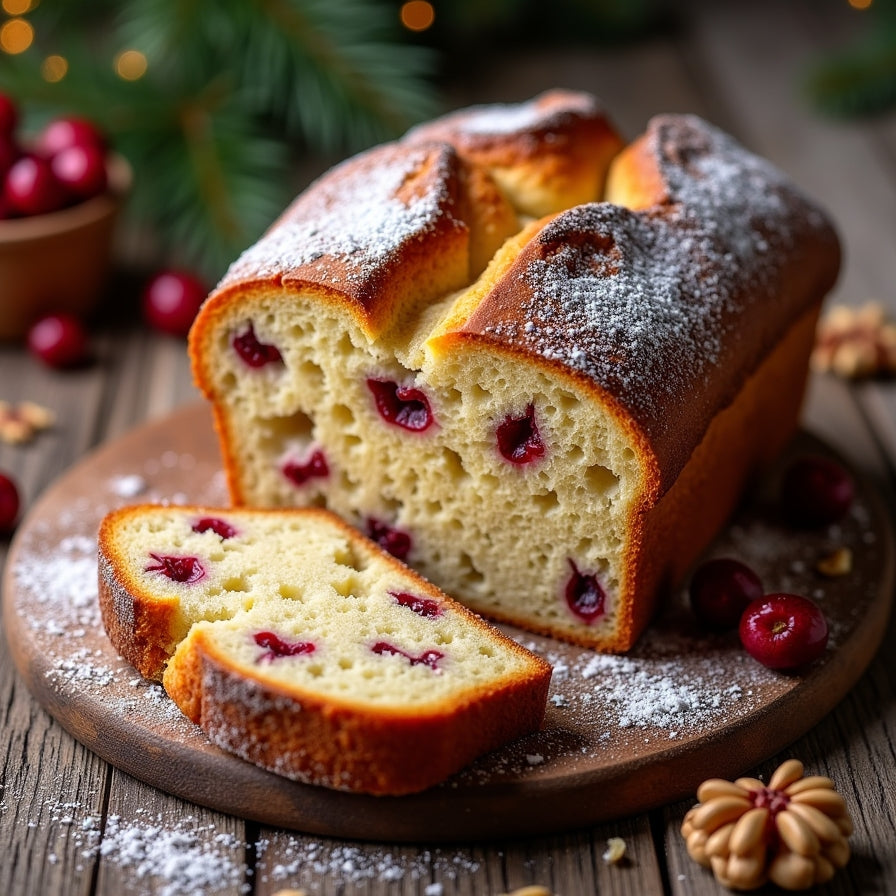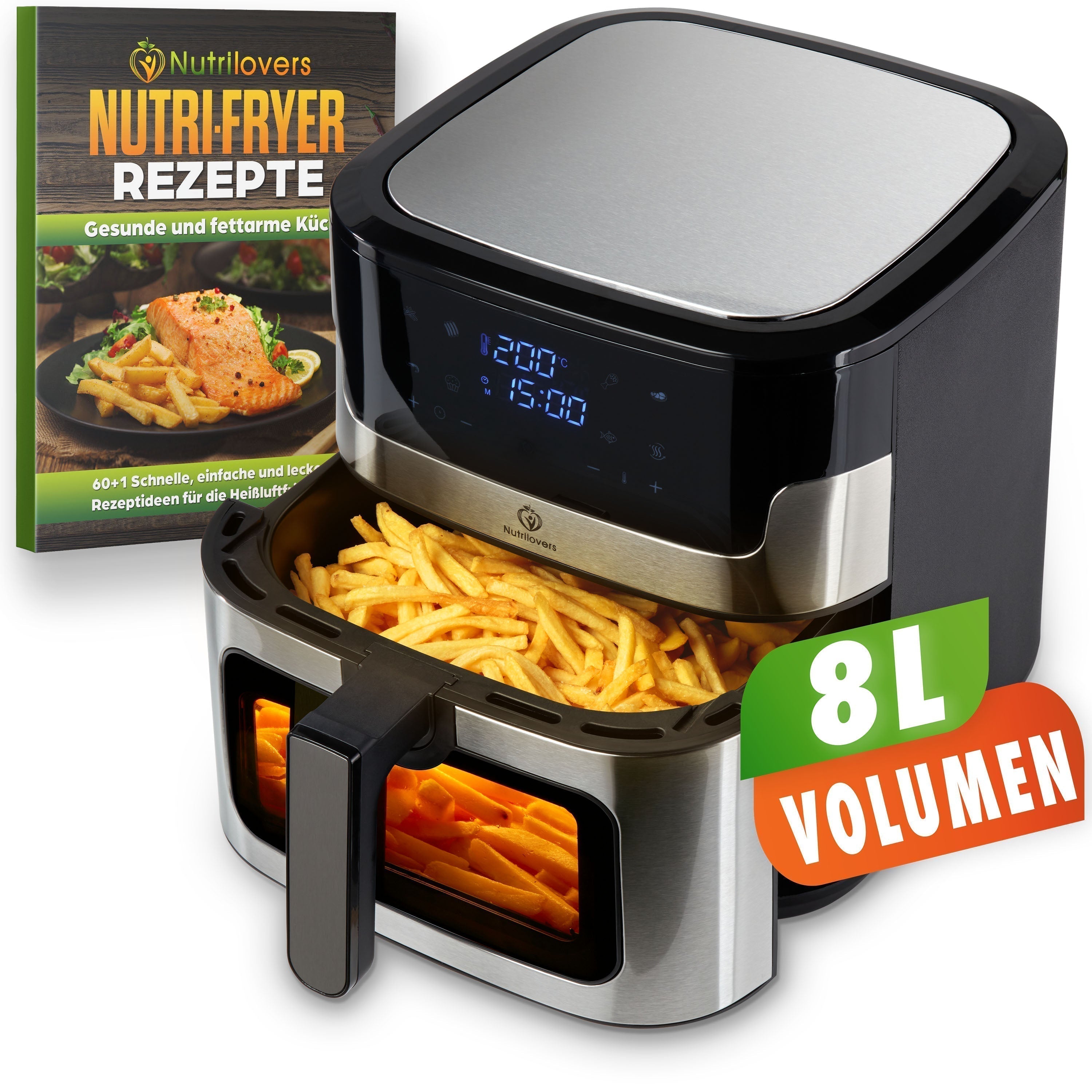What's the difference between a vertical and a horizontal slow juicer? Which is right for me?
Anyone who is serious about juicing fruit and vegetables will sooner or later need a slow juicer, because with so-called "slow juicing" , i.e. the slow cold pressing of fruit and vegetables, the vitamins and nutrients are better preserved.
Once you've decided on a slow juicer, the next question is which type is right for you. Electric juicers generally come in two designs: the vertical slow juicer and the horizontal slow juicer .
For many who want to include freshly squeezed raw juice in their daily diet, the decision is not easy.
This article is intended to help you make the right choice for you.
The question of whether a horizontal or vertical slow juicer is better cannot be answered in this way, as the choice depends on your personal preferences and what type of produce you want to cold-press.
Horizontal vs Vertical Press Screw
The reason why horizontal slow juicers are horizontal and vertical ones are vertical is because of the shape of the auger.
In a horizontal slow juicer, this is more elongated and is mounted horizontally.
In a vertical slow juicer, however, the pressing screw is more round and is mounted vertically in the device.

Both the vertical and horizontal slow juicers are ideal for making delicious, nutrient-rich juices.
The most important difference between the two versions is that horizontal slow juicers are better at juicing green leafy vegetables, herbs, and wheatgrass. Especially fibrous produce, such as celery, can easily get caught in a vertical auger. Therefore, if you plan to juice a lot of fibrous vegetables and greens, such as celery, chard, kale, fennel, herbs, etc., we recommend choosing a horizontal slow juicer, as the fibers are less likely to get caught in the horizontal auger .
With a horizontally mounted press screw, the pulp must be continuously tamped with a ram – with varying degrees of force depending on the machine. The juice then flows out the bottom into a suitable collecting container.
The pulp is also collected in a container. Horizontal juicers generally have finer pressing shafts, making it easier to process fibrous pulp like wheatgrass.

The vertical attachment of the auger has the advantage that fruit and vegetables are drawn into the machine as soon as they land in the feeder. This means that significantly less effort is required with a vertical juicer . If you want to make blended juices, you can initially leave the liquid in the juice container for more thorough blending before pouring the juice into glasses. The pulp is also automatically collected in the container.
The described functionalities allow us to identify the preferred application segments of both device types:
Horizontal juicers are best suited for juicing herbs, wild plants, grasses, lettuce, cabbage and other leafy greens.
The reason is that the finer press waves cope better with the fibers in the “green stuff.”
Vertical juicers are the best when it comes to quickly producing pure fruit and vegetable juices, or blended juices—especially from softer pulp. They produce a ready-blended juice from, for example, apple, carrot, or orange in a simple and quick way.
These points clearly demonstrate that there isn't one perfect juicer for every situation. Above all, you should consider whether you're primarily interested in making green juices with long-fiber pulp or whether you prefer blended fruit and vegetable juices.
However, the question remains as to what else should be prepared with the juicer, such as ice cream, sorbet, frozen yogurt or almond milk, or whether it is primarily intended for juices alone.
Features of a vertical juicer:
- Larger press screw and therefore slightly faster preparation
- Larger filling opening, making filling easier
- Space-saving in the kitchen
- Slightly easier cleaning
- Suitable for all types of pressed material
- Sometimes reaches its limits with fibrous pressed material
- Diverse variations through the different sieves, such as smoothies, juices, ice cream/sorbets, tofu, soy milk
Features of a horizontal juicer:
- Press screw slightly smaller, preparation takes slightly longer
- Filling opening slightly narrower
- Requires a little more space in the kitchen (wider)
- Cleaning slightly more complex (but depends on the model)
- Suitable for all types of pressed material
- Ideal for fibrous leafy greens such as celery, wheatgrass
cleaning
Cleaning a juicer requires significantly more effort than a blender. While a blender jug can be rinsed quickly, a slow juicer has more parts to clean. The cleaning effort varies from appliance to appliance. In general, vertical juicers are somewhat quicker to clean.
For easier cleaning, it helps to fill the top with water after juicing and alternate between forward and reverse. Then simply drain the water through the juice outlet while in forward gear.
Engine power and speed
With a slow juicer, unlike a blender, more power equals better juice. However, the direct heat buildup during juice preparation can destroy nutrients and essential enzymes. This should, of course, be avoided. Gentle preparation is more important than rapid preparation. Therefore, it's okay to allow a little more time to produce a high-quality juice that retains all the important components of the fruit/vegetables. When it comes to power, don't just focus on the wattage, but rather on the number of revolutions per minute. The rule here is: the less, the better!
Rotation speeds around 60 rpm as with the
NUTRI-PRESS , MINI-PRESS SLIM or GREEN-PRESS MAX are very good values.
The clear leader here is the NUTRI-PRESS NO.1 , which presses extremely gently at just 45 rpm.
Conclusion: The agony is the choice
As you can see, it is not easy to choose the right juicer .
But if you know whether you want to produce more green juices with long-fiber pulp or whether you prefer mixed juices made from fruit and vegetables, the decision is much easier.
You'll also need to consider what else you'll be preparing with the juicer, such as juices with more pulp (smoothies), ice cream, or almond milk, or whether it's primarily intended for pure juices. This way, you can narrow it down based on your requirements, budget, quality standards, and other factors.
Of course, we don't know which device you'll ultimately choose, but we do know one thing for sure: You'll be thrilled by the taste of the slowly pressed juices and quickly feel the increased vitality and energy.
READ MORE
If you want to know which juicer is best for celery juice, we recommend our article:
- ▷ Buy a slow juicer: 10 points you should definitely pay attention to
- More related articles:
- ▷ What is slow juicing? "Slow Juice" - The trend in detail
- ▷ Smoothie vs. Juice - What's the difference and which is healthier?
- ▷ Which vegetables are suitable for the slow juicer? The top 12 vegetables for juicing
- ▷ Which fruits and vegetables are not suitable for the slow juicer?

